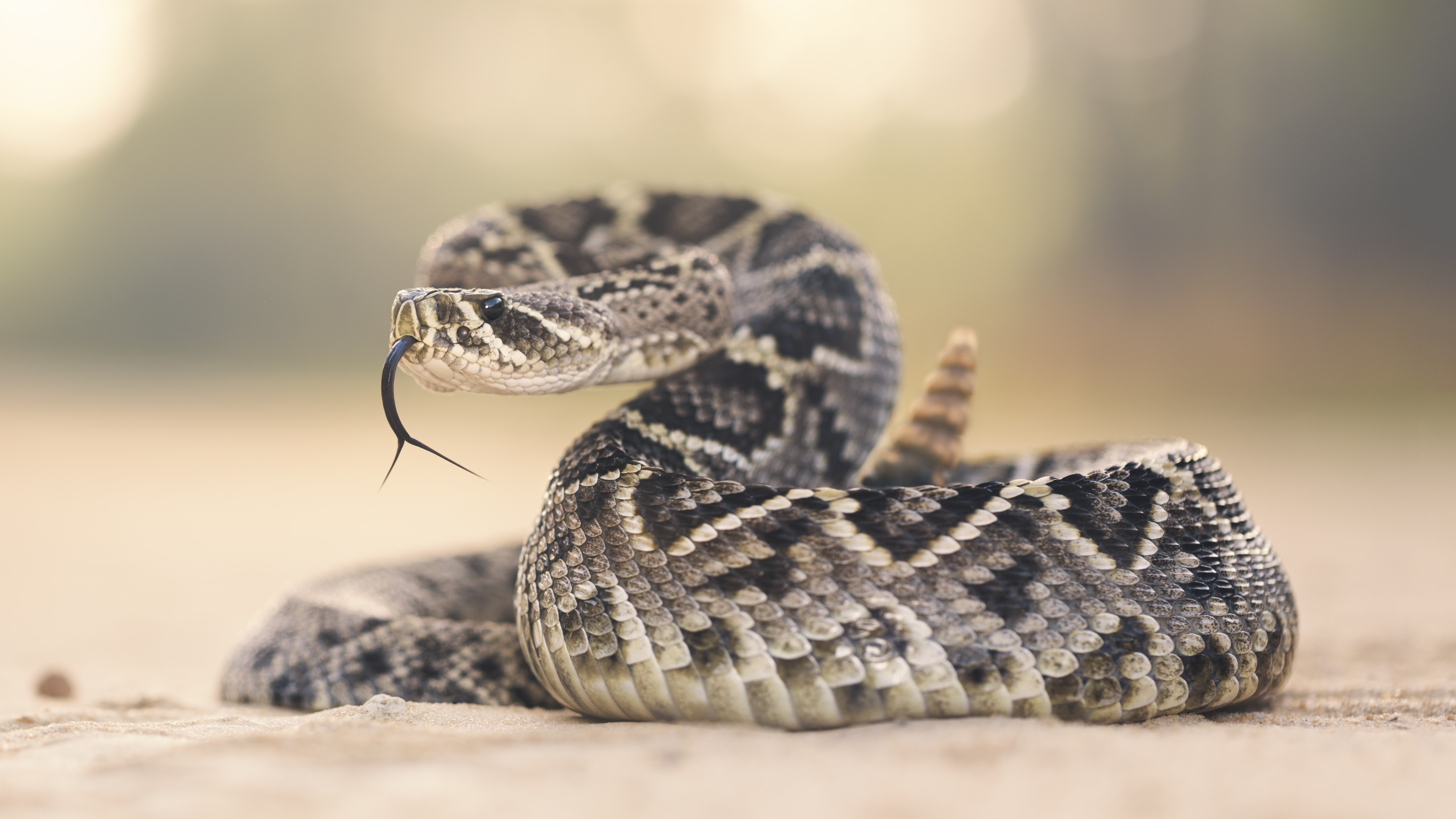Rattlesnake season is here – what you should know for your next hike
Don't try to take the snake with you to the ER

As temperatures rise, we're not the only ones starting to get more active. Rattlesnakes are also on the move, and wildlife experts are warning hikers to take care to avoid them during the warmer months.
Rattlesnakes are mainly found in the southwest, particularly Arizona, Texas, California and New Mexico, but they are occasionally spotted as far east as New York. The California Department of Fish and Wildlife says that most bites happen between April and October, and Banner Poison Center in Arizona has reported a signifiacnt increase in calls regarding snake bites in recent weeks.
Like most wild animals, rattlesnakes prefer to avoid contact with humans, and will generally leave an area if they know you are coming rather than risk a close encounter. They will often hide beneath wood, brush, and rock piles, and may be hard to spot. Your first sign may be the characteristic rattle, but snakes sometimes attack without warning, or the alert may come too late for you to react.
Back in February, a 78-year-old woman was bitten by a rattlesnake after stumbling across the animal while hiking with her daughter and granddaughter in Cave Creek, Arizona. Martha Troy heard the snake's warning rattle, but had no time to react and was bitten almost immediately afterwards. She was treated in hospital and has since made a full recovery.
Avoiding rattlesnakes
The US Forest Service advises hikers to protect themselves from such accidental encounters by wearing proper hiking boots and hiking socks with long hiking pants in areas where rattlesnakes might be present. It's safest to stick to well-used trails and avoid tall grass or bushes where snakes may be hiding.
Make sure you are aware of where you're walking, and don't put your feet or hands anywhere you can't see. If you have to cross a fallen log, step onto it and look over rather than stepping straight across; there may be a snake on the other side.
Take particular care when gathering firewood or climbing rocks, and avoid turning over rocks or logs.
Advnture Newsletter
All the latest inspiration, tips and guides to help you plan your next Advnture!
Handling bites
If you or someone else is bitten by a rattlesnake, the Forest Service warns not to make any incisions over the bite area, apply ice, try to suck out the venom with your mouth, or apply a tourniquet to restrict blood flow.
Instead, stay calm and call 911 immediately. If possible, wash the bite gently with soap and water, and remove any watches or rings that could constrict swelling. Immobilize the bitten area, and try to keep it below the person's heart. Once the person arrives at a hospital, they can be assessed for antivenom treatment.
Don't try to catch or kill the snake so it can be identified; Dr Jeffrey Suchard, UCI Health emergency medicine physician and medical toxicologist, explains that the same antivenom works for all rattlesnakes native to the US. Trying to catch the animal only puts you in more danger. Once, Dr Suchard recalls, a bite victim brought a snake to the ER in a plastic container, which wasn't particularly helpful.

Cat is Homes Editor at TechRadar and former editor of Advnture. She's been a journalist for 15 years, and cut her teeth on magazines before moving online. She helps readers choose the right tech for their home, get the best deals, and do more with their new devices.
